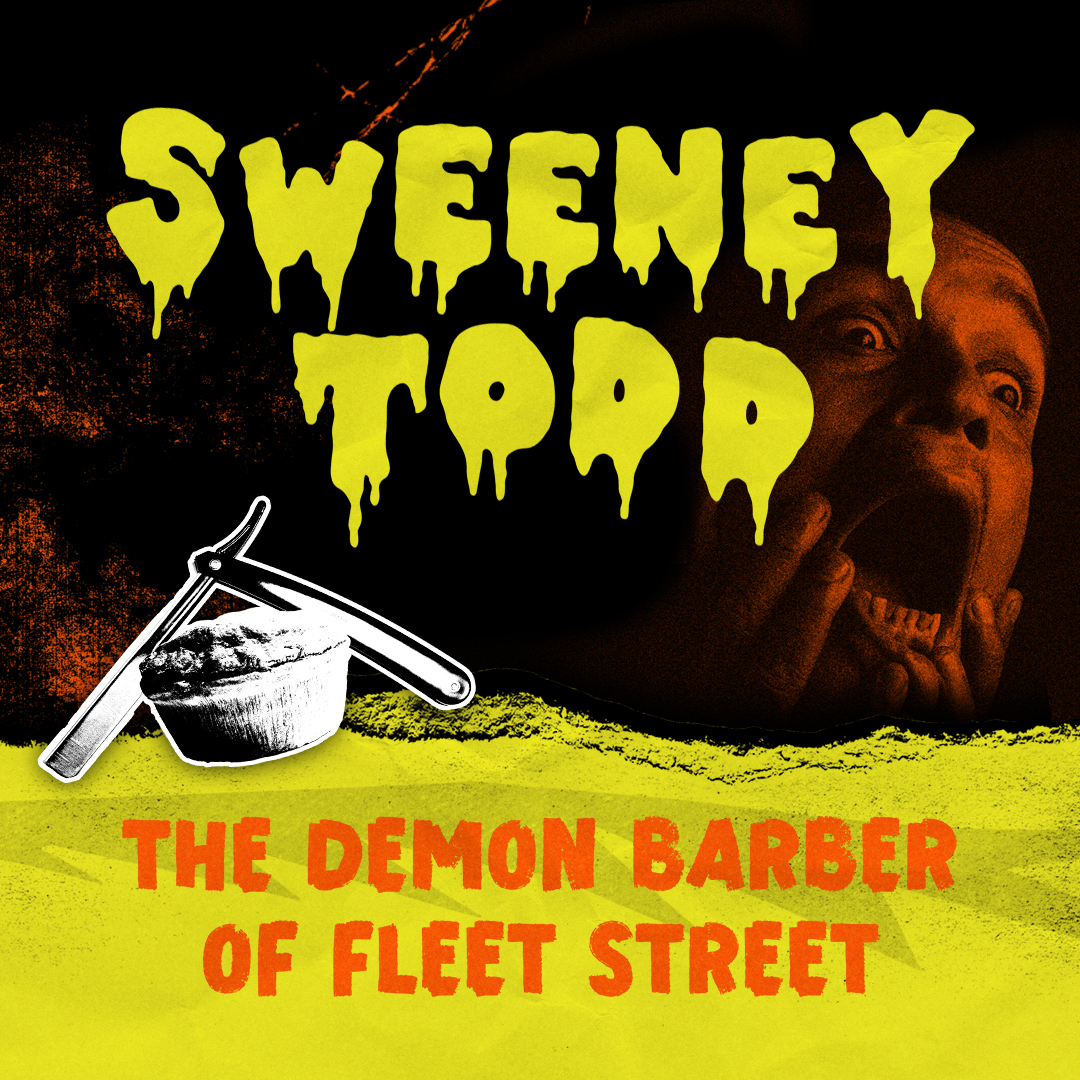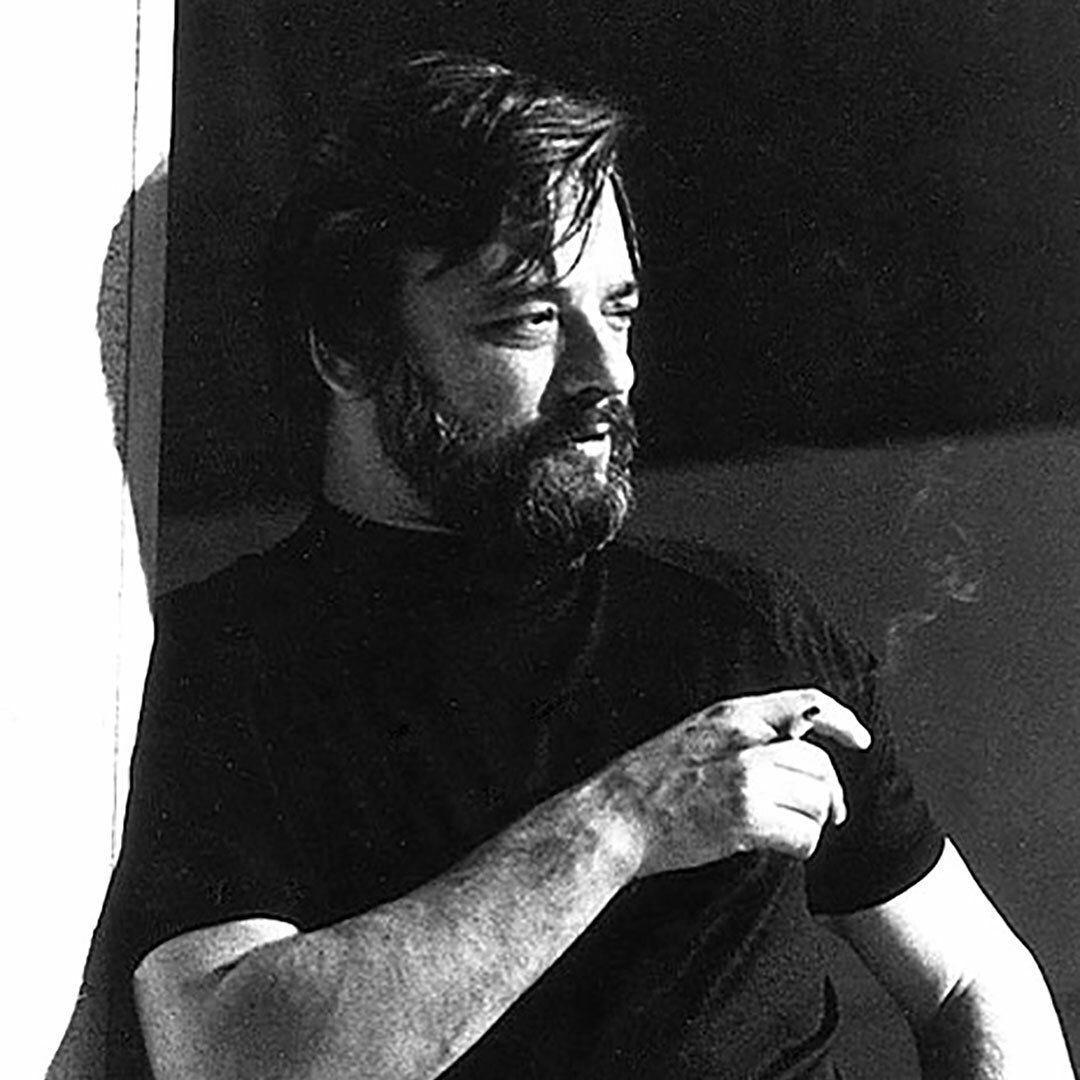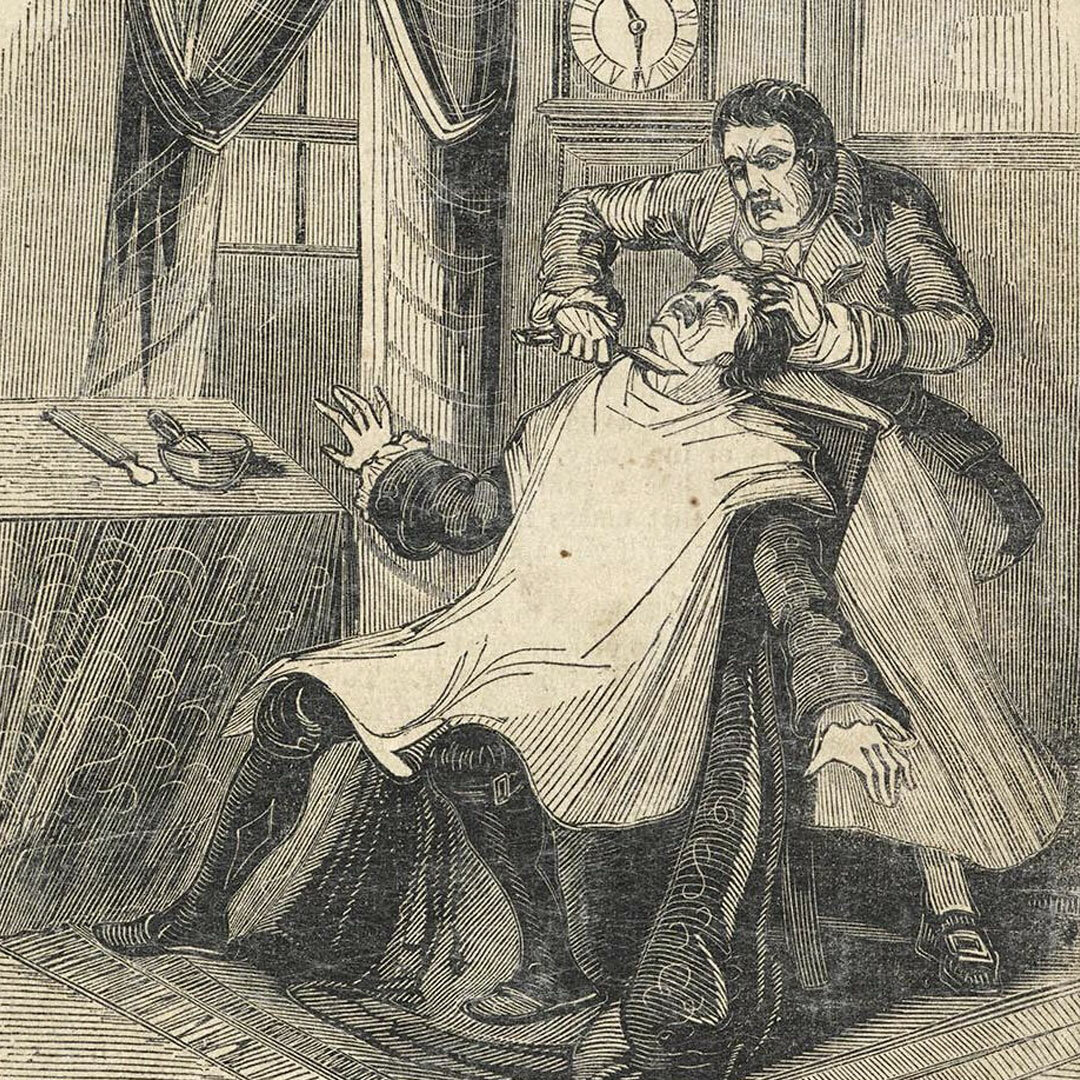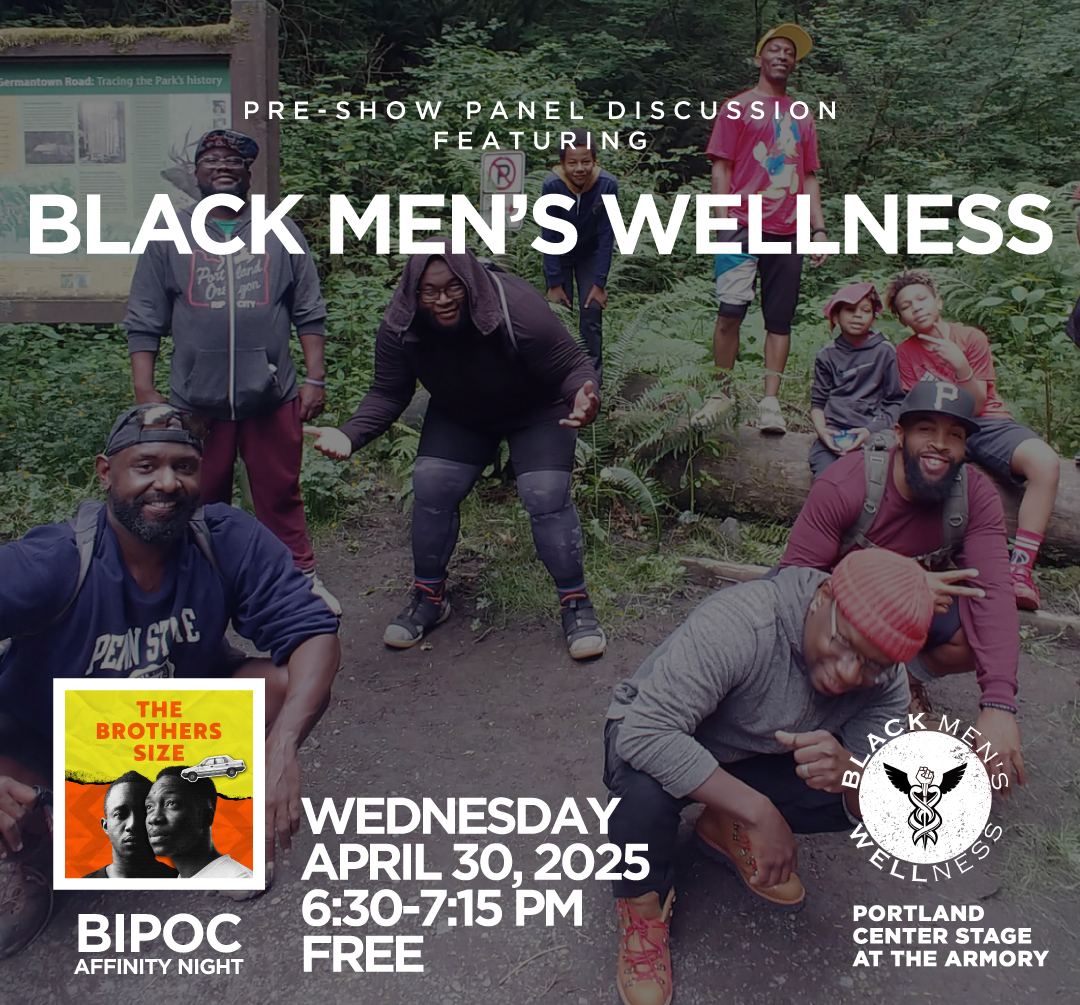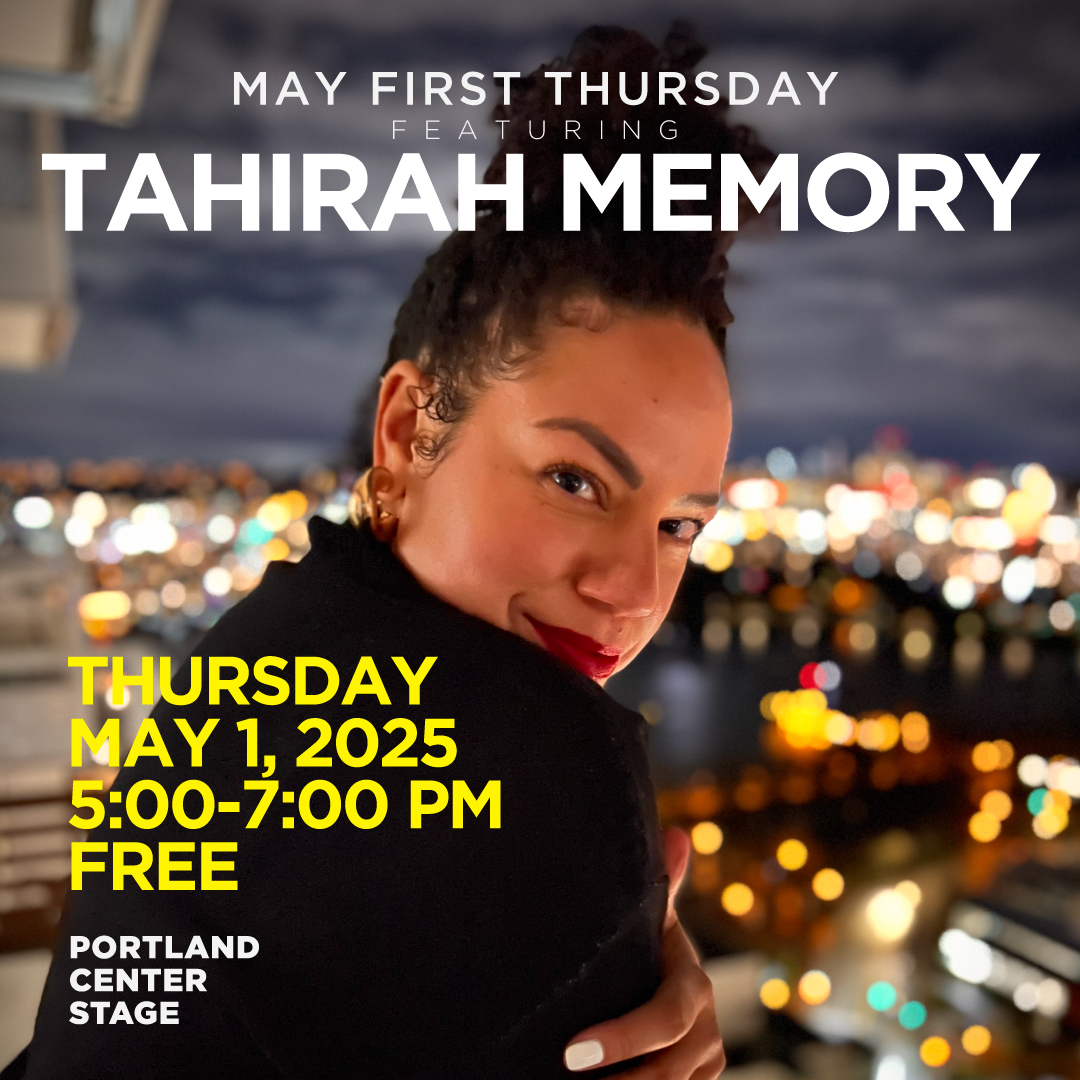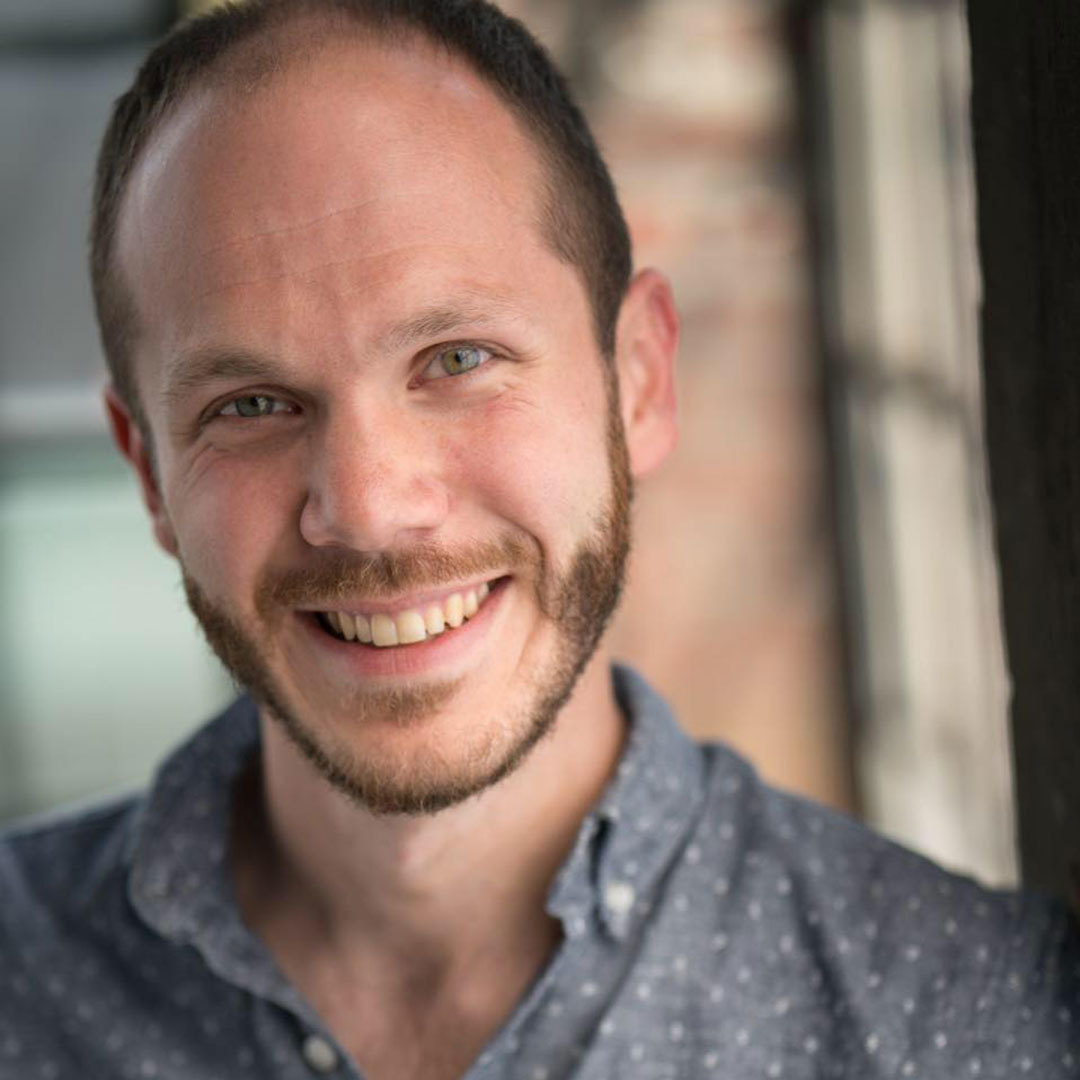An Interview with Sweeney Todd Director Chip Miller
PCS Literary Manager Kamilah Bush talked to Sweeney Todd: The Demon Barber of Fleet Street director Chip Miller about their deep connection to Sondheim and why "rage in the world" makes the show so relevant today.

Director Chip Miller
Kamilah Bush: You have a special relationship with Sondheim. What about his work are you drawn to?
Chip Miller: I think that Stephen Sondheim revolutionized musical theater in the way that he writes the psychology of characters into both the music and the lyrics. I heard my first Sondheim show when I was about 10 years old – West Side Story. Though he didn’t write the music for it, I learned those songs so fast. They live in my heart. I have described it in the past as he taught me how to articulate myself to myself.
K.B.: When did you first encounter Sweeney Todd? Why are you interested in directing it now?
C.M.: I was probably 11 or 12 when I saw the Angela Lansbury –George Hearn recording on PBS of the Hal Prince production and I was so struck by how huge it was. It felt like it was an epic in every way. I found the character of Mrs. Lovett so fascinating and unlike anyone I had ever seen before. I love how free the material is. Sondheim and Wheeler wrote a piece that is so full in its plot and storytelling. Because of that anybody can be in this world. It is a piece that is investigating what we are when we give into our worst and most terrifying impulses. Even if we haven’t given in, I think we all have thought “But what if I did the ugly thing?” “What if I responded in the extreme?” But we know that society doesn’t function when we operate in those extremes. Fleet Street is a society that is failing to function. That feels really relevant. We sit in a moment where walking down the street I see more rage in the world — more rage at systems, at inaction, at injustice. The lyric is “Isn’t that Sweeney there beside you?” There are Sweeney Todd’s in the world.
K.B.: You’ve worked with most of this creative team before, some of them many times. What is so important about assembling a team like this for a show like Sweeney Todd?
C.M.: Any collaborator that you bring into the room is vital to the DNA of the production. On this one, my first collaborator was DeReau Farrar, the music director, and that really set a tone. When you get to work with people multiple times, you get to build a shorthand and that allows you to go deeper, to imagine deeper. This is the fourth production I’ve done with Britton Mauk, the set designer. I always say to Britton at the beginning of a process “build me a playground and I will use every inch of it.” He takes that and explodes it. And we have 6 years of conversation that we’re drawing on. I feel similarly with Marika Kent, the lighting designer, in the way that’s able to tune her eye to what I’m trying to do in staging. There are times I’m unsure if something works until Marika puts light on it, and suddenly it all makes sense. Though I’ve not worked with Scott Thorson, sound designer and Lucy Wells, the costume designer as a director, I have worked with them as a producer. I love the way Lucy uses shape and color and understands how bodies move on stage and knows how to make actors feel confident. Scott understands this room better than most people. I think that sound is magic – a manipulation of the air. Scott is a master. Collaboration is essentially about trust and faith and when you have years of building it, you get to just give into that trust.
K.B.: Lastly, what’s bringing you joy right now?
C.M.: My husband and my cat always, but also Interview with the Vampire. Seeing pictures of my new twin nieces. And anticipating what is to come at PCS this year.
Portland Center Stage is committed to identifying & interrupting instances of racism & all forms of oppression, through the principles of inclusion, diversity, equity, & accessibility (IDEA).


